Technology is gaining ground daily and transforming both our personal and professional life. Additionally, the market for cloud computing is expanding more quickly. The cloud computing industry is experiencing a number of exciting advances. Both the new and established corporate…
As an end-user, if you have decided to opt for colocation hosting for your web servers, you need to determine the best colocation option for yourself. The first option is to physically take your machines to the colocation provider’s location and use their racks. At the same time, the second option could be renting out the server machines from the colocation provider. When you decide to take the machine to the provider’s location, it is usually termed Unmanaged Colocation. When you rent out server machines from the provider, it is known as Managed Colocation. Be it managed or unmanaged Colocation. They significantly impact a Data Center’s maintenance, pricing, processes, & applications that run on the servers residing in the Data Center.
What is Colocation?
Colocation or ‘Colo’ is the practice of leasing out server spaces and other computing hardware at the premises of a colocation services provider. Colocation services generally include a physical infrastructure where everything is present at one place comprising networking devices, physical security & other cooling components needed for supporting servers & storage offered by users. With a colocation hosting service in place, businesses have to share the costs related to hardware. Usually, some of the best colocation providers have the capability to store numerous servers, generators & uninterrupted power supply. Also, the providers are standardized with industry certifications, much like other hosting providers.
Benefits of Colocation Services
1. For a business of any size, colocation hosting services help them to save their initial infrastructure investments. The Colocation hosting infrastructure costs are shared amongst other enterprises that are availing the service of the colocation provider. Additionally, colocation hosting provides state-of-the-art services like robust security & redundant bandwidth to an end-user. Smaller enterprises can be benefitted from larger IT departments without incurring any huge expenses.
2. One of the financial benefits of colocation services is minimized downtime, and downtime for a few seconds could cause huge monetary losses. Through a scalable infrastructure & supporting resources such as bandwidth, diversified power sources, etc., colocation providers ensure near-zero downtime and smooth functioning of hardware even during physical disasters.
3. Colocation service providers ensure multiple layers of security are deployed through smarter mechanisms. Colocation Data Centers are strategically placed at a distance from the client’s on-site. Additionally, an on-site IT support team is kept for monitoring the security of technology assets. Colocation providers also offer industry-leading security mechanisms that allow easy restoration of physical & virtual data in case of losses or disasters.
4. With colocation hosting, businesses can guarantee that enterprises are easily able to handle traffic surges with ease. For this, colocation providers offer enhanced levels of bandwidth, while this spike in data is shared with other tenants present on the colocation server. This ultimately reduces the overhead bandwidth cost for an individual server tenant.
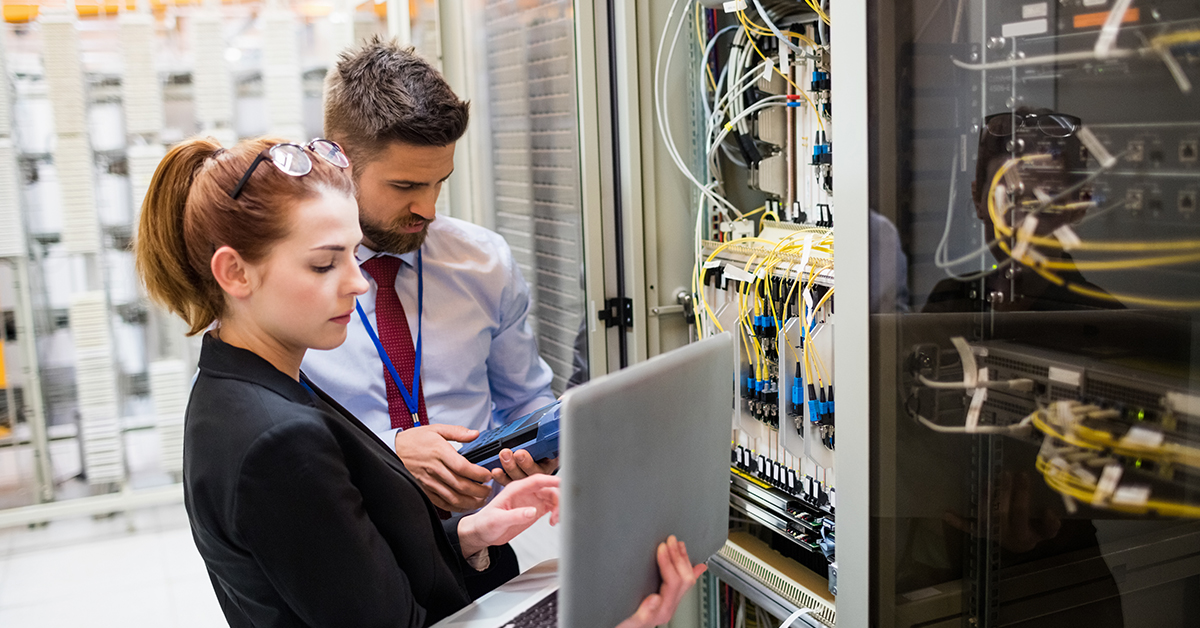
What is Managed Colocation?
Managed Colocation is a bit different from traditional colocation hosting. In managed colocation hosting, the provider is responsible for managing a business’s IT infrastructure along with the physical hosting of these. Other managed services like security, backup, and storage are also offered in Managed Colocation services. Managed colocation hosting can be an ideal option for those who’re looking to retain their infrastructure with a certain level of expertise in server management. For smaller businesses, the biggest advantage of Managed Colocation is that it helps their costs in terms of physical space and the need for hiring IT expertise & infrastructure.
What is Unmanaged Colocation?
In an unmanaged colocation hosting costs related to housing & protection of servers are done by the colocation provider. Here, the end-user can directly benefit from the Data Center’s infrastructure, and however, the user is responsible if the server malfunctions. Unmanaged Colocation services vary from provider to provider, with one thing in common: providing a safe & secure passage for housing the servers. Unlike managed colocation hosting, the user has to perform all sorts of software upgrades, monitor configurations, patches, security & troubleshoot if any problem persists.
Colocation Data Center Industry Growth
The colocation Data Center industry is at a growing phase and has witnessed growth at a CAGR of 10.4% during the period Fiscal 2015 – Fiscal 2021. The industry has gained significant traction during the pandemic phase due to pent-up demand from different business verticals. The past few years have witnessed the emergence of several new players in India, resulting in increased supply. Several Government-led initiatives such as Draft Data Center Policy 2020, Data Localization policy have accelerated the demand for Data Centers in India.
Wrap Up
The final choice between managed and unmanaged Colocation should be carefully determined. CIOs and business heads must consult with their internal staff & experts regarding how much of the servers they wish to keep in-house. The decision should be made by keeping in mind the long-run benefits that the business aims to achieve.



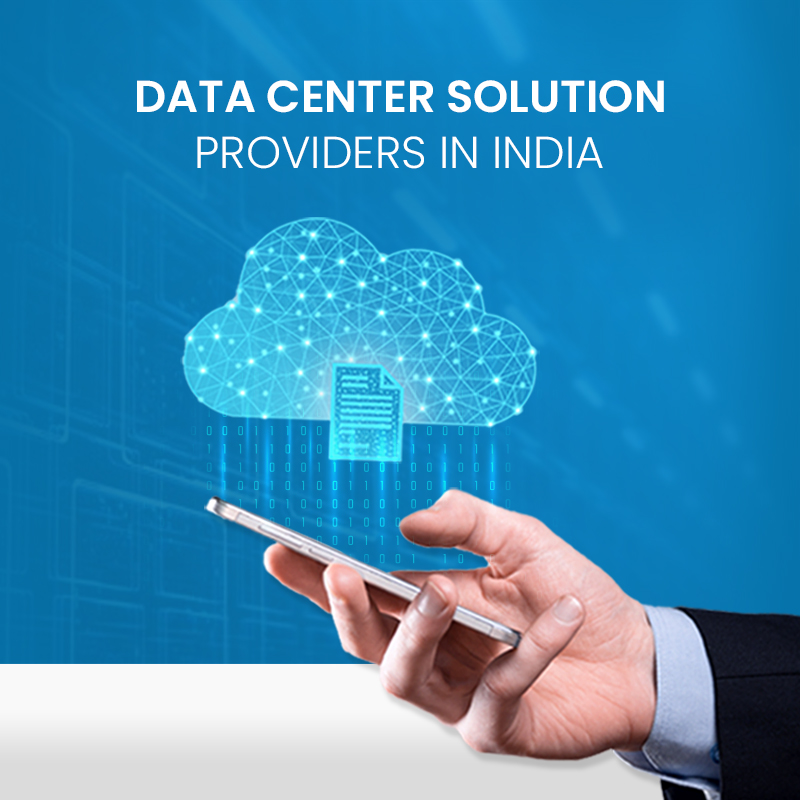



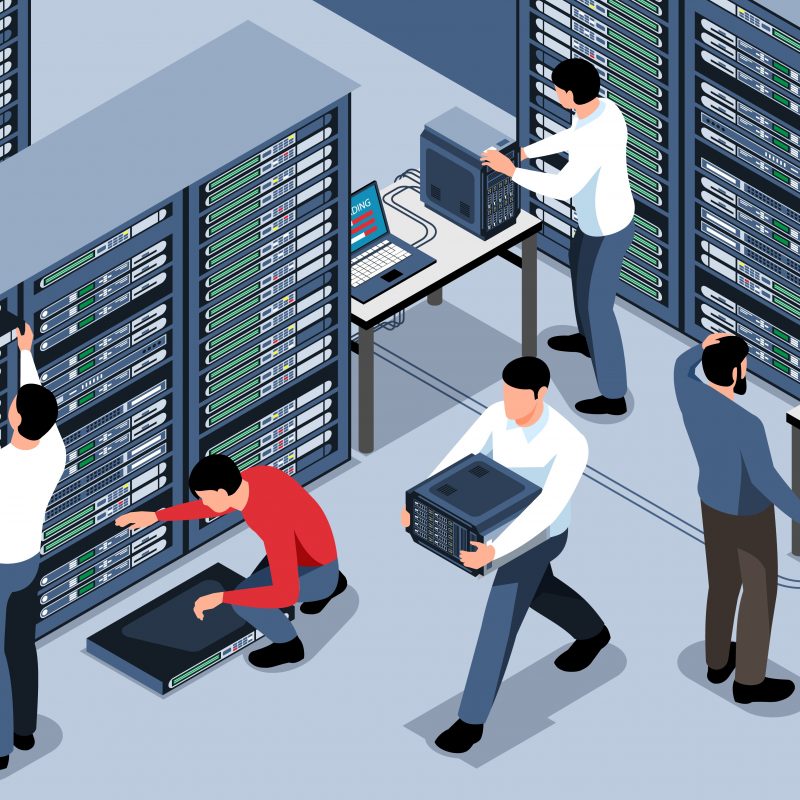



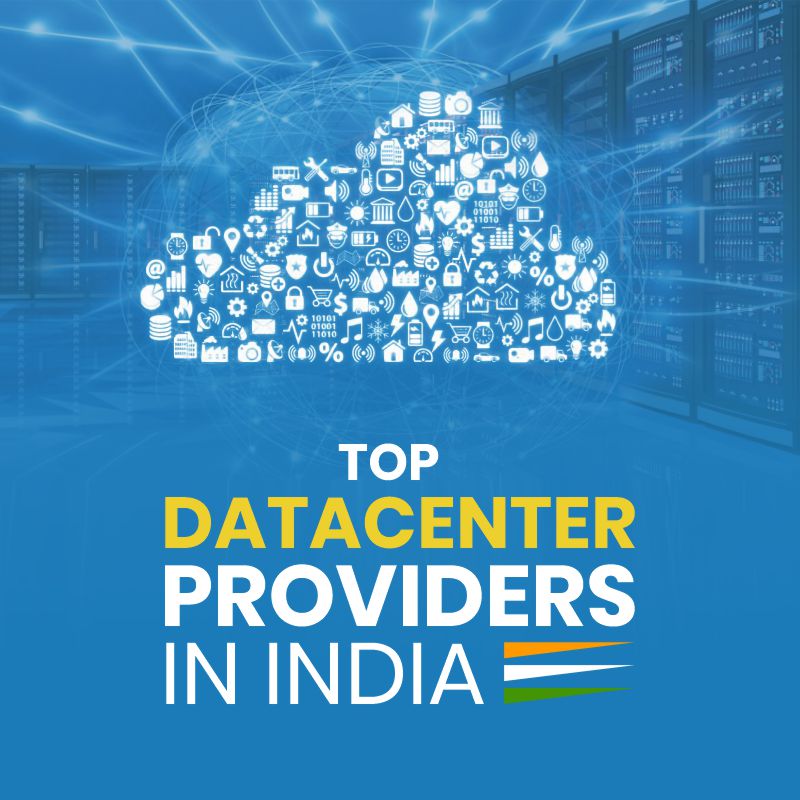
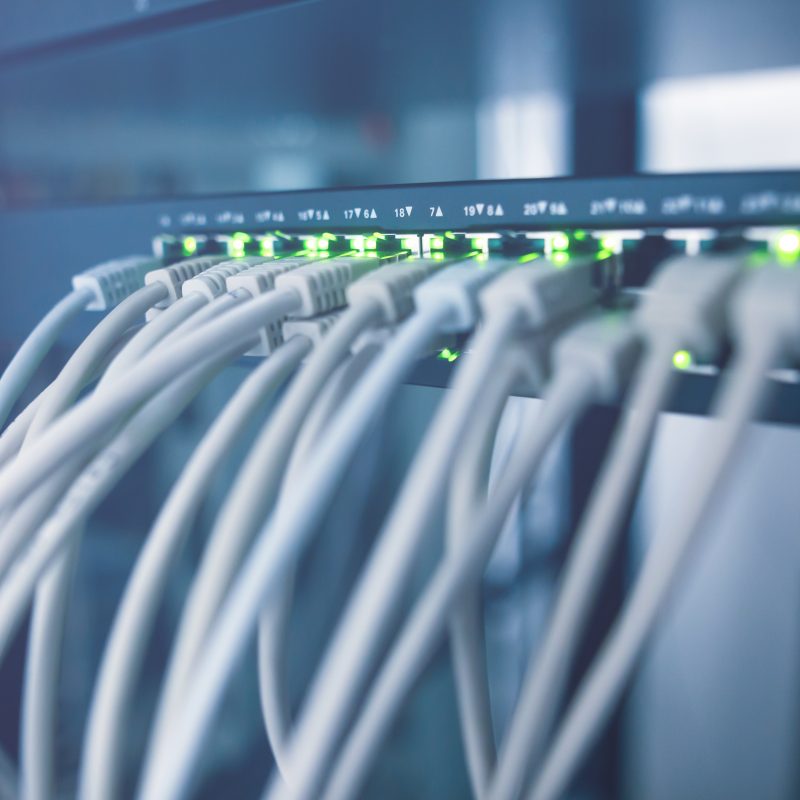
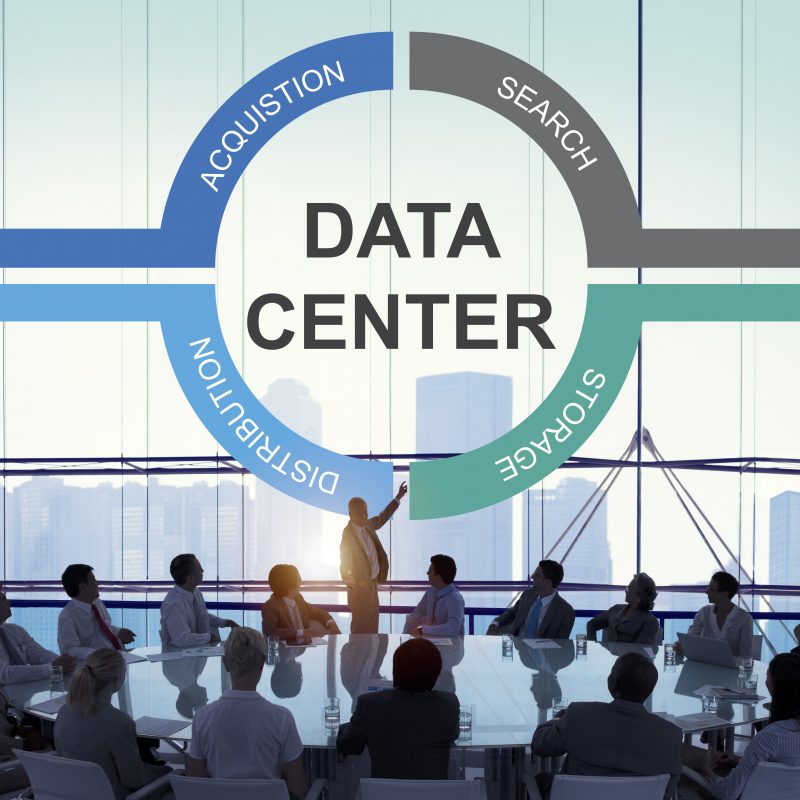

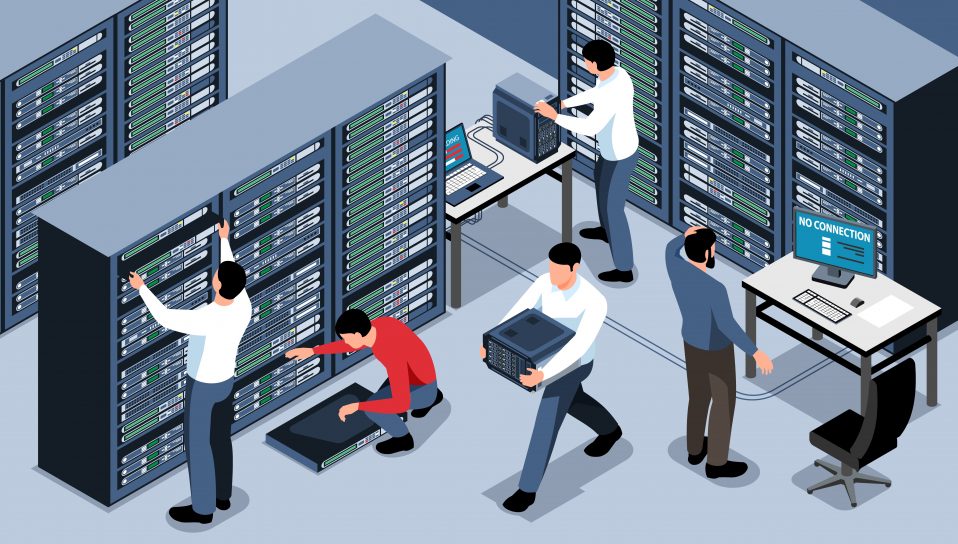
Recent Comments